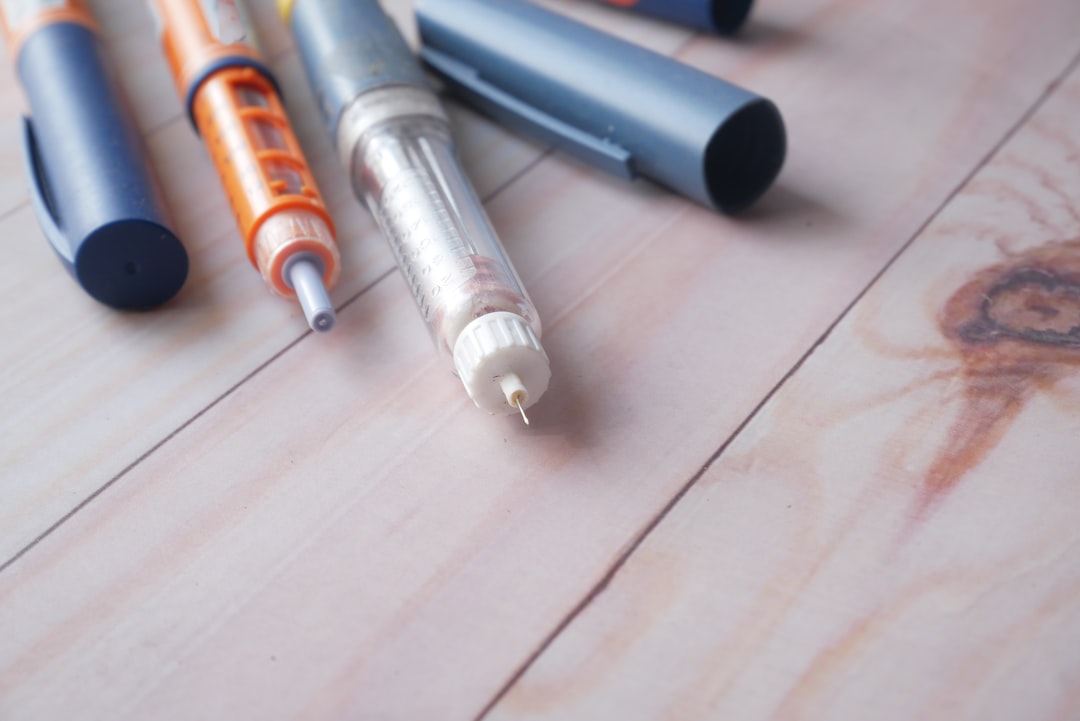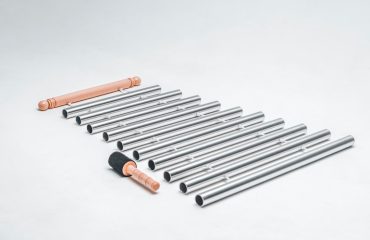Construction nails are seemingly simple components, yet their quality and adherence to standards directly impact the structural integrity and longevity of any building project. From the humble framing nail to the specialized concrete nail, understanding the nuances of nail standards and durability is crucial for professionals and DIY enthusiasts alike. This comprehensive guide delves into the key aspects influencing nail performance, ensuring your projects are built to last.
Understanding Construction Nail Types and Materials
The world of construction nails is surprisingly diverse. Different materials and designs cater to specific applications and requirements. Common types include:
- Common Nails: The workhorse of the construction industry, used for general framing, sheathing, and other applications. Typically made from bright steel (uncoated) or galvanized steel (coated for corrosion resistance).
- Box Nails: Smaller than common nails, with a slightly thinner shaft and a smaller head. Ideal for finer woodworking and cabinetry.
- Finishing Nails: Designed for minimal visibility, these nails have a small head that can be easily countersunk. Often used in trim work and finish carpentry.
- Galvanized Nails: These nails are coated with zinc, offering superior corrosion resistance compared to bright nails. Essential for outdoor applications and environments with high humidity.
- Concrete Nails: Specifically designed for driving into concrete, these nails often have a hardened point and a ribbed shank for improved holding power.
- Spiral Nails: These nails have a spiral shank that provides superior holding power in softer woods and prevents withdrawal.
The material composition, primarily steel, influences the nail’s strength, hardness, and resistance to corrosion. The manufacturing process also plays a vital role in determining the final product’s quality and consistency.
Nail Size and Gauge: A Critical Consideration
Nail size is denoted by its length and gauge (thickness). Length is measured in inches, while gauge is a numerical representation of the nail’s diameter; a lower gauge indicates a thicker nail. Selecting the appropriate size is crucial for ensuring adequate holding power and preventing damage to the material being fastened. Undersized nails can lead to loose connections and structural weakness, while oversized nails can cause splitting or cracking.
Industry standards, like those published by ASTM International (American Society for Testing and Materials), provide guidelines for nail dimensions and tolerances. These standards ensure consistency and interchangeability between different manufacturers’ products.
Testing Methods for Nail Durability and Performance
Various testing methods are employed to evaluate the durability and performance of construction nails. These tests assess factors such as:
- Withdrawal Resistance: Measures the force required to pull the nail out of the material.
- Shear Resistance: Determines the nail’s ability to resist forces applied parallel to its shank.
- Corrosion Resistance: Evaluates the nail’s ability to withstand environmental factors like humidity and salt spray.
- Impact Resistance: Measures the nail’s ability to withstand sudden impacts without breaking or bending.
These tests are conducted under controlled conditions, providing valuable data for assessing the quality and suitability of nails for specific applications. Manufacturers often publish test results to demonstrate the performance characteristics of their products.
Factors Affecting Nail Longevity and Performance
Beyond the inherent quality of the nail itself, several external factors can impact its longevity and performance:
- Wood Type and Density: Harder woods offer greater holding power, while softer woods may require larger or specialized nails.
- Moisture Content: High moisture content in wood can weaken the holding power of nails, potentially leading to loosening over time.
- Environmental Conditions: Exposure to moisture, sunlight, and extreme temperatures can accelerate corrosion and reduce the lifespan of nails, particularly those made from uncoated steel.
- Proper Driving Technique: Using the correct hammer size and driving nails straight and fully seated are crucial for maximizing holding power and preventing damage.
Careful consideration of these factors is vital for selecting the right nails and ensuring the long-term performance of your construction projects.
Compliance with Standards and Regulations
Adherence to relevant standards and building codes is paramount in ensuring the safety and structural integrity of any construction project. Organizations like ASTM International and local building authorities provide guidelines and specifications for nail types, sizes, and performance requirements. Using nails that meet these standards is essential for ensuring the longevity and safety of the structure.
Understanding these standards allows builders and contractors to make informed decisions, selecting the right nails for the job and ensuring compliance with regulations. This ultimately contributes to the overall quality and reliability of the construction project.
By understanding the intricacies of construction nail standards and durability, you can make informed decisions that will positively impact the strength, longevity, and safety of your projects. Remember to always choose nails that meet or exceed the requirements of your specific application and local building codes.
Tags: Construction nails, nail standards, nail durability, ASTM nail standards, construction materials




